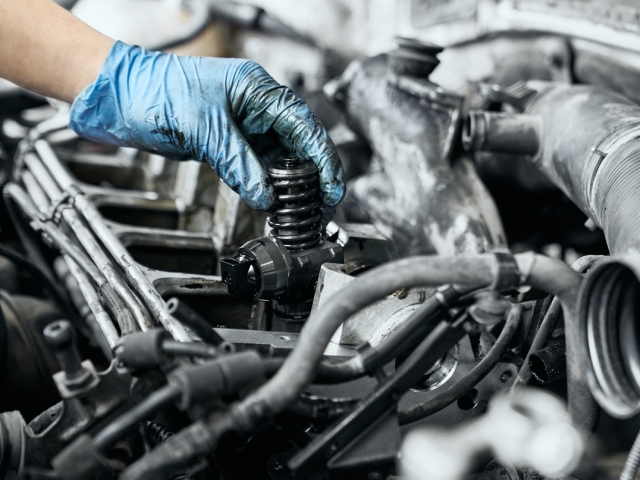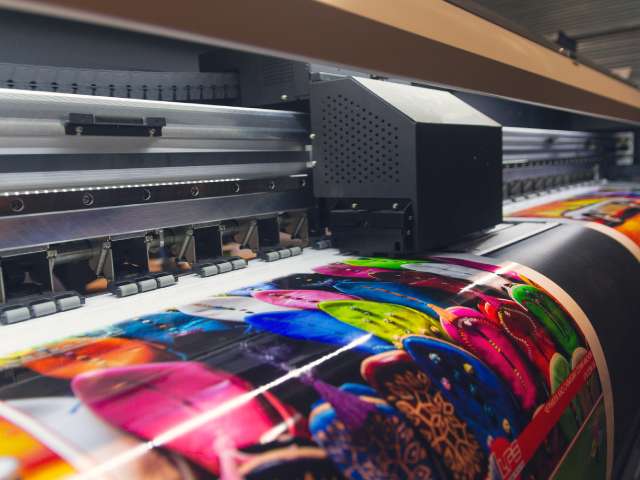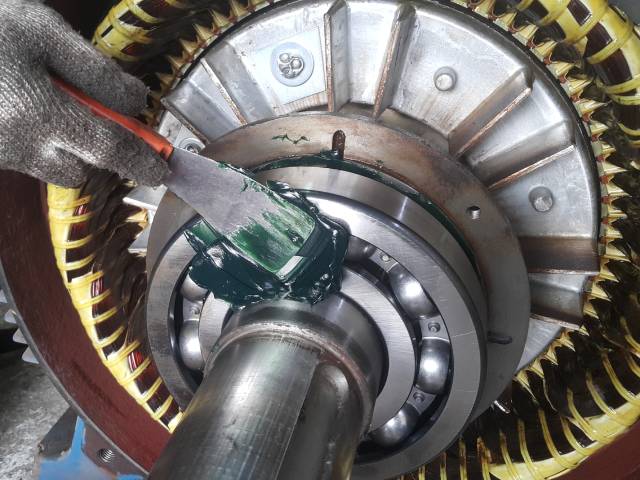

Canned beverages have become a staple of modern life, offering convenience and portability to thirsty consumers worldwide. From soda to alcohol, it’s hard to imagine a time when drinks weren’t readily available in a neatly sealed aluminum can.
But how did we get here? The history of canned beverages is a fascinating story of invention, adaptation, and innovation—let’s take a walk down memory lane.
The history of canned beverages begins in the early 19th century when canning technology was first created for preserving food. By 1935, this concept extended to drinks, with the debut of the world’s first canned beer in the United States.
Produced by Krueger Brewing Company, these cans allowed beer lovers to carry and enjoy their favorite brews on the go, something that was unheard of before. It quickly set the standard for the beverage industry and began to influence other product categories.
During World War II, canned beverages played a major role in supporting armed forces. Troops needed reliable, lightweight packaging to keep their beverages fresh during tough conditions.
Cans proved to be the perfect solution because they provided durability and aid in transportation. Many manufacturers even developed resistance coatings inside the cans to prevent corrosion, which improved the product’s shelf life and enhanced quality control in the beverage industry overall.
The 1960s marked a golden era for canned drinks as soft drink and beer companies ramped up production with creative marketing efforts. Aluminum cans began replacing earlier tin-plated steel versions, making them lighter and easier to open.
By 1965, the invention of the pull-tab lid took the can to new heights. For customers eagerly reaching for a cold soda, the ability to pop open a can without requiring tools was revolutionary. These innovations expanded the appeal of canned beverages and established them firmly as consumer favorites.
Over the decades, nothing about the canned beverage remained static. Improvements in technology have transformed the look and functionality of cans. Advanced manufacturing processes have allowed beverage companies to enhance flavor preservation, reduce carbonation loss, and maintain product freshness over longer periods.
Modern designs now include thinner aluminum walls and even resealable tops, showcasing how far the industry has come. These advancements consistently prioritize quality and efficiency, further cementing the role of cans as an essential part of the beverage industry.
Despite their popularity, canned beverages have faced scrutiny on environmental grounds. Concerns surrounding the production and recycling of aluminum have sparked debates over sustainability. Many argue that aluminum cans are more environmentally friendly than single-use plastic bottles due to their higher recyclability.
However, critics point out that aluminum extraction still consumes significant energy. Balancing these factors, some companies have committed to using recycled materials to reduce their carbon footprint and promote eco-conscious practices.
The story and history of canned beverages is far from over. Brands continue to experiment with innovative designs, sustainable solutions, and packaging technologies that align with consumer expectations. From crafting more eco-friendly products to introducing smart cans that measure consumption, the future holds endless possibilities.
24World Media does not take any responsibility of the information you see on this page. The content this page contains is from independent third-party content provider. If you have any concerns regarding the content, please free to write us here: contact@24worldmedia.com

A Brief Look at the History of Telematics and Vehicles

Tips for Helping Your Students Learn More Efficiently

How To Diagnose Common Diesel Engine Problems Like a Pro

4 Common Myths About Wildland Firefighting Debunked

Is It Possible To Modernize Off-Grid Living?

4 Advantages of Owning Your Own Dump Truck

5 Characteristics of Truth and Consequences in NM

How To Make Your Wedding More Accessible

Ensure Large-Format Printing Success With These Tips

4 Reasons To Consider an Artificial Lawn

The Importance of Industrial Bearings in Manufacturing

5 Tips for Getting Your First Product Out the Door